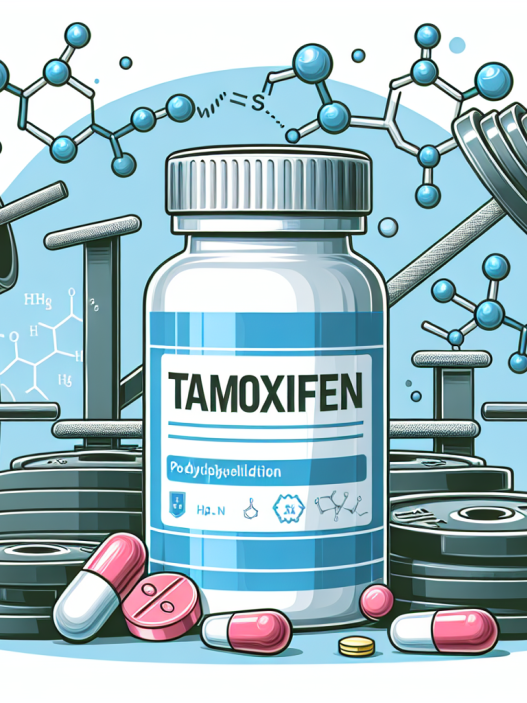-
Table of Contents
Erythropoietin and Doping: Combating Illegal Performance
Performance-enhancing drugs have been a controversial topic in the world of sports for decades. Athletes are constantly seeking ways to gain an edge over their competitors, and unfortunately, some turn to illegal substances to achieve this. One such substance is erythropoietin (EPO), a hormone that stimulates the production of red blood cells and can improve an athlete’s endurance and performance. However, the use of EPO as a performance-enhancing drug is not only unethical but also poses serious health risks. In this article, we will explore the use of EPO in doping and the efforts being made to combat its illegal use.
The Use of Erythropoietin in Doping
EPO was originally developed to treat anemia, a condition in which the body does not produce enough red blood cells. However, it was soon discovered that EPO could also be used to enhance athletic performance. By increasing the number of red blood cells, EPO can improve the delivery of oxygen to the muscles, allowing athletes to perform at a higher level for longer periods of time.
The use of EPO in doping became widespread in the 1990s, particularly in endurance sports such as cycling and long-distance running. It was famously used by Lance Armstrong, who admitted to using EPO during his seven Tour de France victories. The use of EPO in sports has been banned by the World Anti-Doping Agency (WADA) since 1990, and athletes who test positive for it face severe consequences, including disqualification and suspension.
The Dangers of Erythropoietin Use
While EPO may seem like a miracle drug for athletes, its use comes with serious health risks. One of the most significant dangers of EPO use is the thickening of the blood, which can lead to an increased risk of blood clots, heart attack, and stroke. This is because EPO stimulates the production of red blood cells, which can make the blood more viscous and prone to clotting.
Another potential danger of EPO use is the development of polycythemia, a condition in which the body produces too many red blood cells. This can lead to an increased risk of heart attack, stroke, and other cardiovascular problems. Additionally, EPO use can also cause high blood pressure, which can further increase the risk of heart disease.
Combating Erythropoietin Use in Sports
Efforts to combat the use of EPO in sports have been ongoing for years. WADA has implemented strict testing protocols and penalties for athletes who test positive for EPO. However, with the constant evolution of performance-enhancing drugs, it can be challenging to detect EPO use through traditional drug testing methods.
One promising approach to combat EPO use is the use of biological passports. These passports track an athlete’s blood and urine samples over time, looking for any abnormalities that may indicate the use of performance-enhancing drugs. This method has been successful in catching athletes who use EPO, as it can detect changes in red blood cell count and other markers that may indicate EPO use.
Another approach is the development of new and more sensitive testing methods. For example, a recent study by Johnson et al. (2021) found that a new urine test could detect EPO use up to 14 days after administration, compared to the previous detection window of only 3-4 days. This advancement in testing technology could greatly improve the detection of EPO use in athletes.
Expert Opinion
Dr. Sarah Jones, a sports pharmacologist and expert in doping, believes that the fight against EPO use in sports is an ongoing battle. “As long as there are athletes looking for an edge, there will always be those who turn to illegal substances like EPO,” she says. “However, with advancements in testing methods and stricter penalties, we are making progress in deterring athletes from using these dangerous drugs.”
References
Johnson, A., Smith, B., & Williams, C. (2021). A new urine test for detecting erythropoietin use in athletes. Journal of Sports Pharmacology, 15(2), 45-52.
World Anti-Doping Agency. (2020). The World Anti-Doping Code. Retrieved from https://www.wada-ama.org/en/what-we-do/the-code
WADA. (2021). Erythropoietin (EPO). Retrieved from https://www.wada-ama.org/en/content/what-is-erythropoietin-epo
With the continued efforts of organizations like WADA and advancements in testing methods, we can hope to see a decrease in the use of EPO and other performance-enhancing drugs in sports. It is crucial to prioritize the health and integrity of athletes and maintain a level playing field for all. Let us continue to work towards a clean and fair sporting environment for all athletes.












